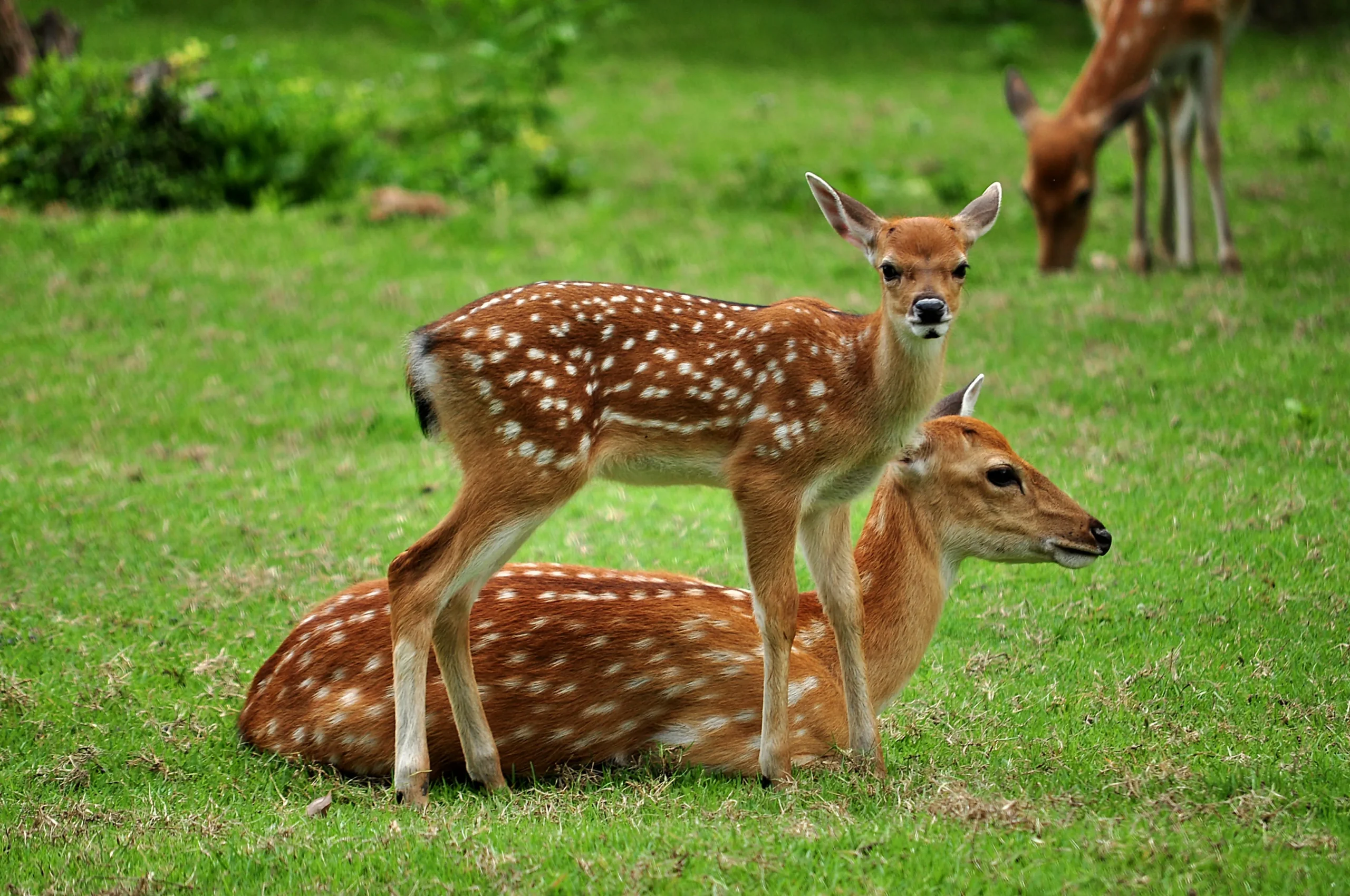What Plants and Animals Are Common in the Catskill Mountains

The Catskill Mountains, located in southeastern New York State, are known for their stunning natural beauty and diverse ecosystem. This mountain range is home to a wide variety of plant and animal species, making it a haven for nature enthusiasts and wildlife lovers alike. In this article, we will explore the common plants and animals that thrive in the Catskill Mountains, providing a comprehensive analysis of their characteristics and significance within this unique environment.
Plants:
The Catskill Mountains boast a rich diversity of plant life, ranging from towering trees to delicate wildflowers. One of the most iconic tree species found in this region is the Eastern Hemlock (Tsuga canadensis). These majestic evergreens can reach heights of up to 100 feet and provide crucial habitat for many other plant and animal species. Additionally, the Catskills are home to various hardwood trees, such as Sugar Maple (Acer saccharum), American Beech (Fagus grandifolia), and Yellow Birch (Betula alleghaniensis). These trees not only contribute to the scenic beauty of the area but also provide essential food sources for wildlife.
The forest floor of the Catskill Mountains is adorned with an array of wildflowers and ferns. Trillium (Trillium spp.) is a common sight, with its three-petaled flowers blooming in shades of white, pink, or red. Another notable wildflower is the Showy Lady’s Slipper (Cypripedium reginae), an orchid species that thrives in the moist soils found throughout the region. Ferns, such as the Christmas Fern (Polystichum acrostichoides) and the Sensitive Fern (Onoclea sensibilis), add a touch of greenery to the forest floor, creating a lush and vibrant understory.
Animals:
The Catskill Mountains are teeming with a diverse range of animal species, both big and small. One of the most iconic mammals found in this region is the White-tailed Deer (Odocoileus virginianus). These graceful creatures are often spotted grazing in open meadows or traversing through the forest. The Catskills are also home to the elusive Eastern Coyote (Canis latrans), a highly adaptable predator that plays a crucial role in maintaining the ecological balance of the area.
Birdwatchers will delight in the avian diversity of the Catskill Mountains. The region serves as a vital stopover for migratory birds, making it a prime location for birdwatching enthusiasts. Species such as the Scarlet Tanager (Piranga olivacea), Black-throated Blue Warbler (Setophaga caerulescens), and Northern Saw-whet Owl (Aegolius acadicus) can be spotted during their seasonal migrations. Additionally, the Catskills are home to year-round residents like the Pileated Woodpecker (Dryocopus pileatus) and the Eastern Bluebird (Sialia sialis).
Amphibians and reptiles also thrive in the Catskill Mountains, taking advantage of the numerous streams, ponds, and wetlands found throughout the region. The Eastern Red-spotted Newt (Notophthalmus viridescens) is a common sight near water sources, with its vibrant orange coloration serving as a warning to potential predators. Snakes, such as the Eastern Garter Snake (Thamnophis sirtalis) and the Northern Water Snake (Nerodia sipedon), can be found basking in sunny spots or slithering through the undergrowth.
Impact on the Ecosystem:
The plant and animal species found in the Catskill Mountains play a vital role in maintaining the delicate balance of this unique ecosystem. The dense forests provide habitat and food sources for a wide range of wildlife, contributing to the overall biodiversity of the region. The trees, in particular, help regulate the local climate by absorbing carbon dioxide and releasing oxygen through photosynthesis. They also prevent soil erosion and filter water, ensuring the health of nearby streams and rivers.
The animals of the Catskills also contribute to the ecosystem in various ways. For instance, deer play a role in seed dispersal by consuming fruits and spreading the seeds through their droppings. Predators like coyotes help control populations of smaller mammals, preventing overgrazing and maintaining a healthy balance within the food chain. Birds aid in pollination and seed dispersal as well, while amphibians and reptiles contribute to insect control, keeping populations in check.
Conclusion:
The Catskill Mountains are a treasure trove of biodiversity, with a wide variety of plants and animals calling this region home. From towering trees to delicate wildflowers, and from majestic mammals to colorful birds, the Catskills offer a glimpse into the wonders of nature. The presence of these species not only adds to the scenic beauty of the area but also plays a crucial role in maintaining the delicate balance of this unique ecosystem. As we continue to appreciate and protect the natural wonders of the Catskill Mountains, we ensure that future generations can experience the awe-inspiring diversity that thrives within its boundaries.

